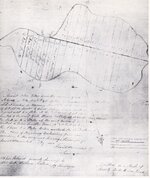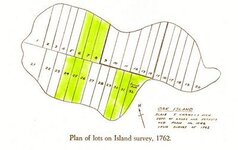- Thread starter
- #21
Thank you for your reply. However, I find that your reason is not compelling enough for me to attach a map. Generally speaking, I am discovering in other posts that people are looking for an easy answer. Well, they won't find one here. They say that most people hold to the Kidd possibility. The Templars come in second place. Well, then these individuals must try to think like Kidd or a Templar. In other words, the individual must try to think objectively and creatively whether they are trying to solve this mystery or another mystery down in Lousiana. So, I cannot provide an answer for you, but only pose another problem. Presumably, whoever buried the treasure also put in traps to prevent looting. It seems most people (whether they believe that Kidd or a Templar deposited the treasure or for that matter anyone else) would accepts this. It reminds me of the Egyptian pyramids where presumably traps were put in to prevent looting. There is a difference though. The pharaoh wanted to prevent looting with the goal of preserving a place for his soul to return to. This does not seem to be the motive behind those who might have deposited a treasure here unless it is assumed they didn't intend to return in this lifetime. At least, readers of this website believe that someone would return to the site to reclaim the treasure. Perhaps they have already reclaimed the treasure so the search is futile. If they didn't return then it is assumed they were prevented from returning for some reason. Let's assume those who buried the treasusre almost exlusively used water traps. It seems that the readers of this site believe this and also perhaps the searchers, too. Let's assume that those who buried the treasure intended to return. The basic question for you to answer is the following. If the traps were triggered by either someone searching for them (or for our purposes after hundreds of years when rope and timber would rot) then how does the depositor ensure his easy access to the treasure?










